“I appreciate Dr. Bob. He has helped me a lot with my anxiety.”—Cody
“I love Dr. Bob! He has brought joy to my life.”—Edward
The testimonials would be heartwarming praise for any one person but Dr. Bob is no ordinary doctor. Whiskered, furry and four-legged, Dr. Bob is one of a quartet of cats who have been “hired” as live-in pet therapy animals by The Salvation Army’s Edmonton Centre of Hope.
Important Findings
Research has shown how much support and calm animals can bring to individuals. Numerous studies indicate that interacting with animals decreases levels of cortisol, a stress-related hormone, and lowers blood pressure. Owning a pet can reduce loneliness, increase feelings of social support and boost mood.
“We’d wanted to acquire a therapy cat at our recovery house for a number of years,” says Vanessa Sim, assistant executive director at the Centre of Hope. “We thought that our 24-bed Keystone program, which provides sober living for men, would be a great place to start."
Dr. Bob
Enter Dr. Bob, a Devon rex who joined The Salvation Army early last year, named after one of the co-founders of Alcoholics Anonymous (AA), Bob Smith.
Staff and clients soon started referring to the fact that “the doctor was in.”
“He’s a pretty great cat,” says Vanessa. “Dr. Bob has the biggest personality; he’s the most confident, personable cat you’ll ever meet.
“Actually, within a couple of months, we found out that Dr. Bob is deaf, so he comes with some challenges, but he’s also taken really good care of by the individuals that live there, and they all love him.”
Freddie
The black-and-white tuxedo cat was acquired by the Grace Village supportive housing centre through the Edmonton Humane Society for the grand total of $10.
The bargain-basement price was due to the fact that Freddie was their longest standing resident, and he was having difficulty getting adopted.
“There wasn’t a family large enough to keep Freddie stimulated,” says Vanessa. “So Freddie found a family of 72 individuals plus staff, and is just doing awesome now.”
Wilson
“Once Cornerstone, our women’s recovery counterpart, found out that the Keystone had a cat, they wanted a cat, too,” says Vanessa.
The breeder who supplied Dr. Bob offered Wilson, named after the other co-founder of AA, Bill Wilson.
It turns out that Wilson is a sibling of Dr. Bob. “He’s been a delightful addition,” says Vanessa.
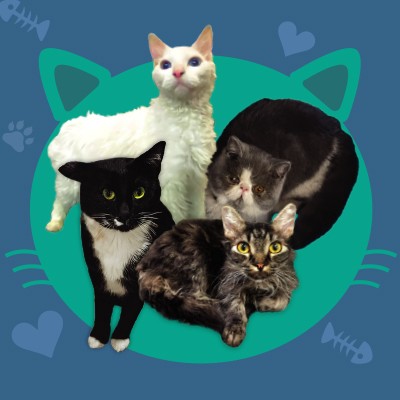
Leroy
Grace Manor also wanted their own cat, but finding the right type of cat for the senior population was important.
As it happens, one of the staff members owns a short-haired Persian who had a litter of kittens, and so grumpy-faced Leroy joined the crew.
“The breed is very docile, not high energy,” says Vanessa. “They’re really lazy cats, so he’s perfect.”
“Leroy is already a big cat for a kitten and he literally just lumbers into the circle at rec time, sits in a chair and watches everyone. And he gets pushed around in a stroller. He is the king of Grace Manor.”
“Everyone looks forward to his arrival,” says Alix Norum, recreation therapy manager for Grace Manor. “The seniors all consider Leroy their cat, which is very special.”
“Leroy’s our family,” they say.
“Where’s Freddie?”
“It almost feels as if each cat was meant to be here,” comments Vanessa. “They really do seem to be perfect fits for each site and the needs of the individuals served at those sites, because they do vary from recovery to supported housing to seniors. Seeing God’s hand in the cats that ended up with us is pretty beautiful. And as the Creator of the animals, God knew who needed to be where.”
More than just pets, the cats have profoundly impacted each and every life at the Centre of Hope.
“Many of our residents isolate in their rooms,” says Rachel Wells, resident-care manager for Grace Village. “But since we got Freddie, I’m seeing them out a lot more to check on him. I always hear, ‘Where’s Freddie? How’s Fred?’ It’s become part of their daily routine. They’re coming out of their room more—to see Fred!”
And many of the residents have started to open up to the staff.
“One client who never opens up or talks has now started having conversations with me about his childhood, and how he had pets when he was a kid,” says Rachel. “So we’re getting to know them better because Freddie is part of their lives.”
Once, the staff brought Dr. Bob to supported housing for a visit. Megan, one of the participants, sat petting the cat for 15 minutes, tears streaming down her face.
“Megan, are you able to talk about what’s going on?” she was asked.
“I can’t,” she replied, “but it just feels nice to be with this cat.”
“We don’t usually see Megan like that,” comments Rachel. “That was a very beautiful, calm, sweet moment that she had with this cat. And now she comes every day looking for him.”
Therapy in Action
With four working cats—each one has their own profile in the Centre of Hope client database—demand for felines for the other programs is high.
“We want to acquire more cats,” says Vanessa, “but we don’t have any plans at this time to add more.”
Why not?
“There’s an expense associated with the cats,” Vanessa explains. “We estimate that it costs about $3,000 a year per cat, factoring food, veterinarian expenses and upkeep. So we hope that our story will inspire potential sponsors to step up and help.
“We want people to know that the cats are really for the benefit of our participants,” she continues. “That is why we have them, not because they’re cute and we like cats. We really were intentional about their acquisition. They are providing vital therapy to our participants—and we’re seeing that in action every day.”
Photos: Courtesy of Edmonton Centre of Hope
This story is from:




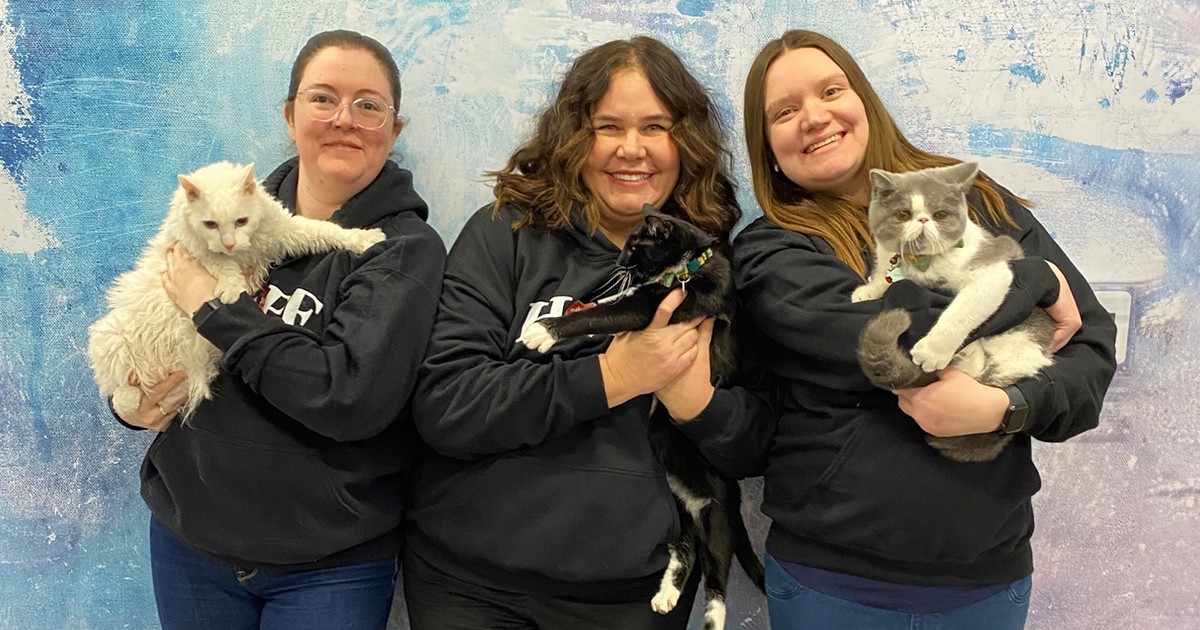
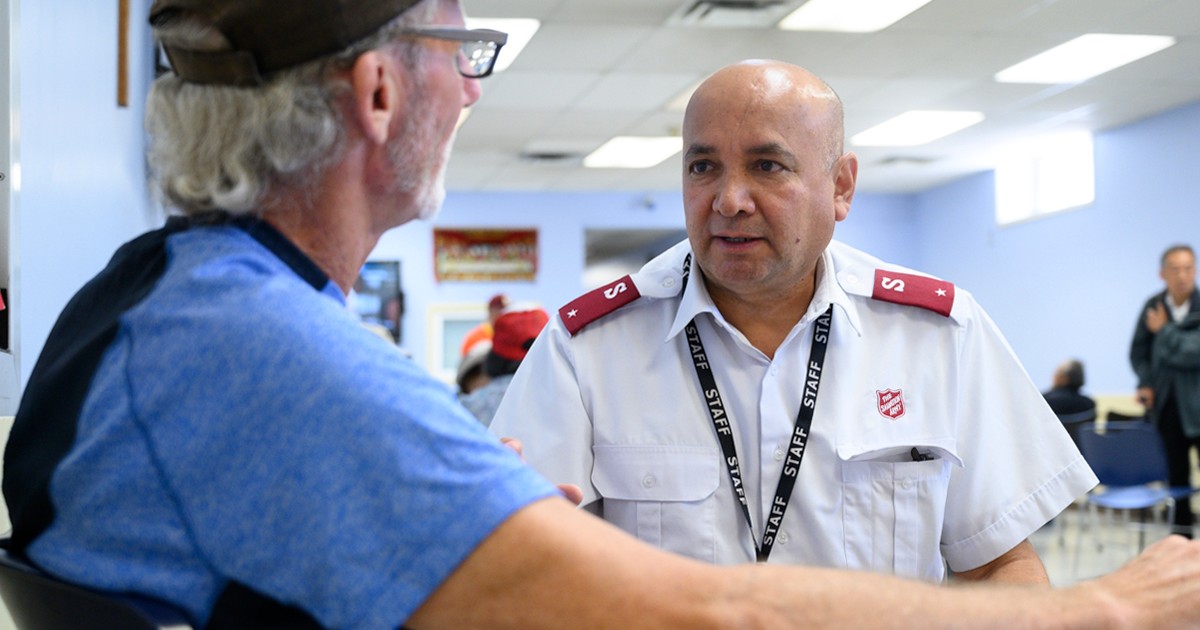
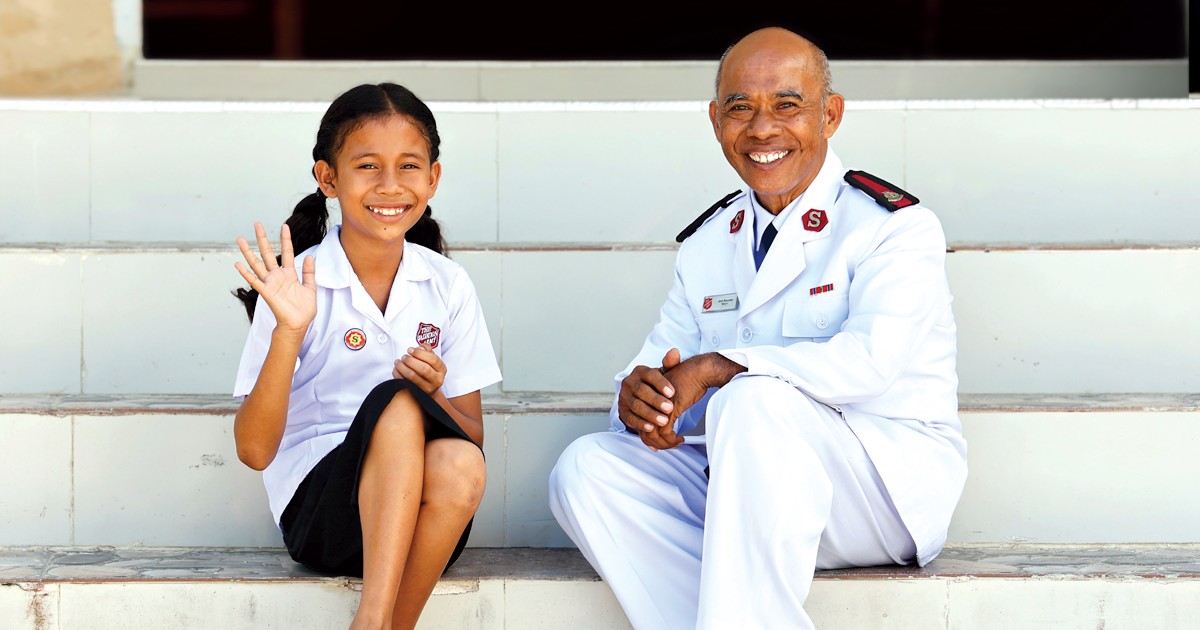
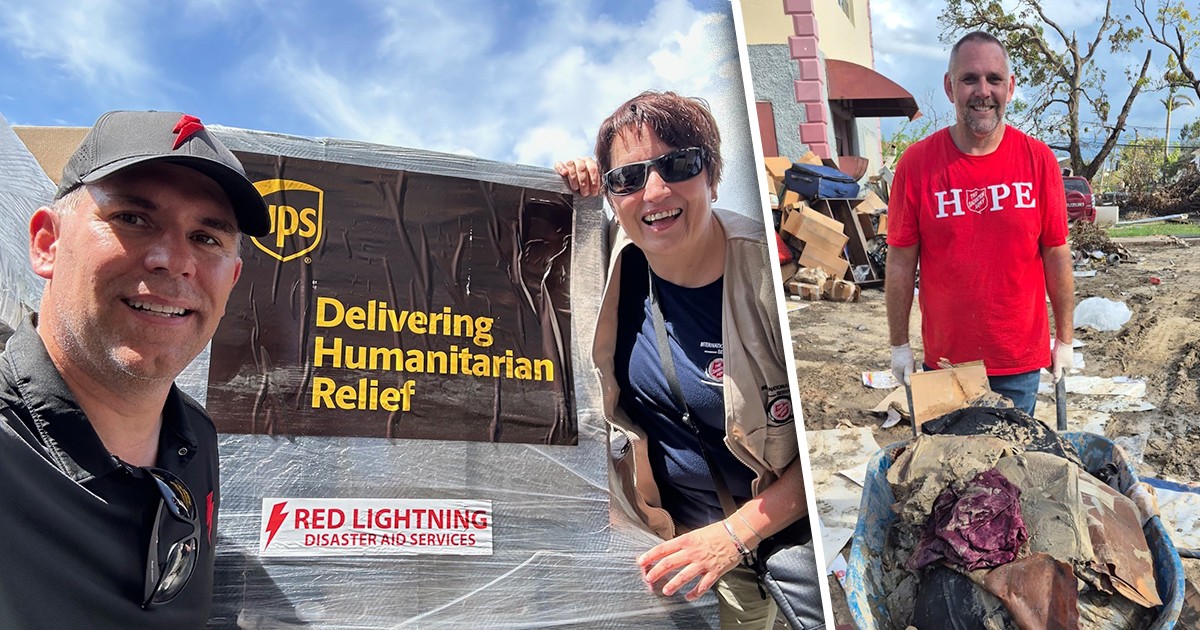


Leave a Comment